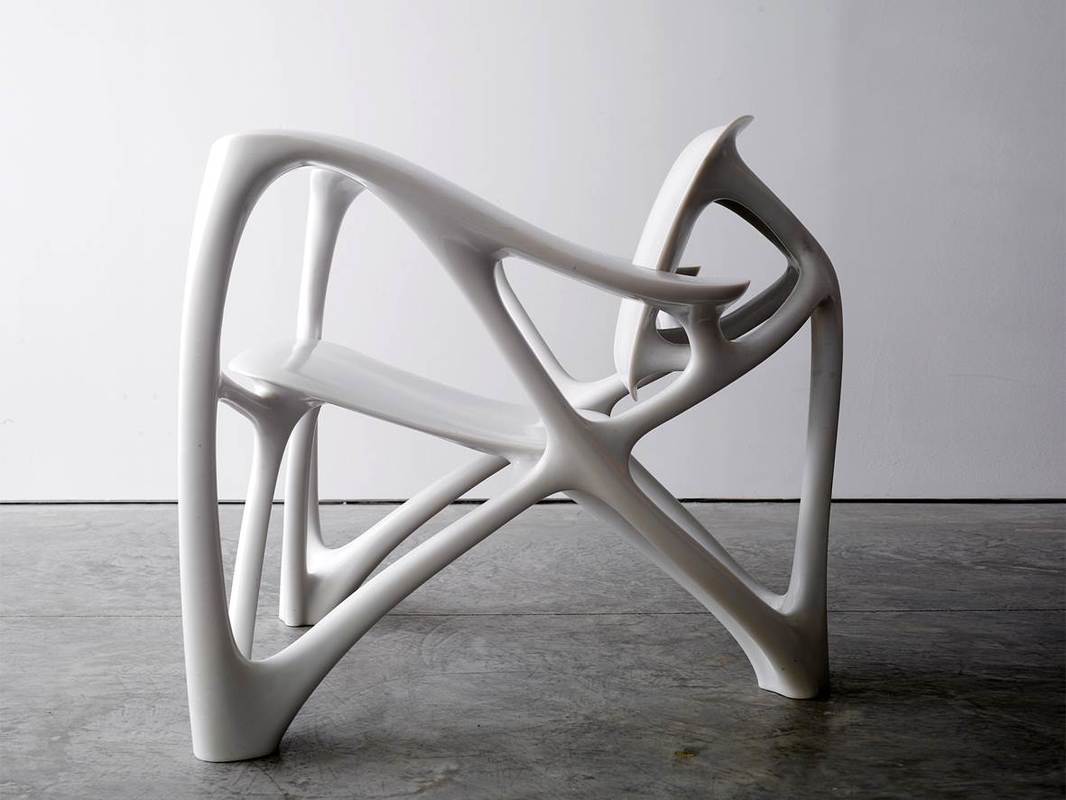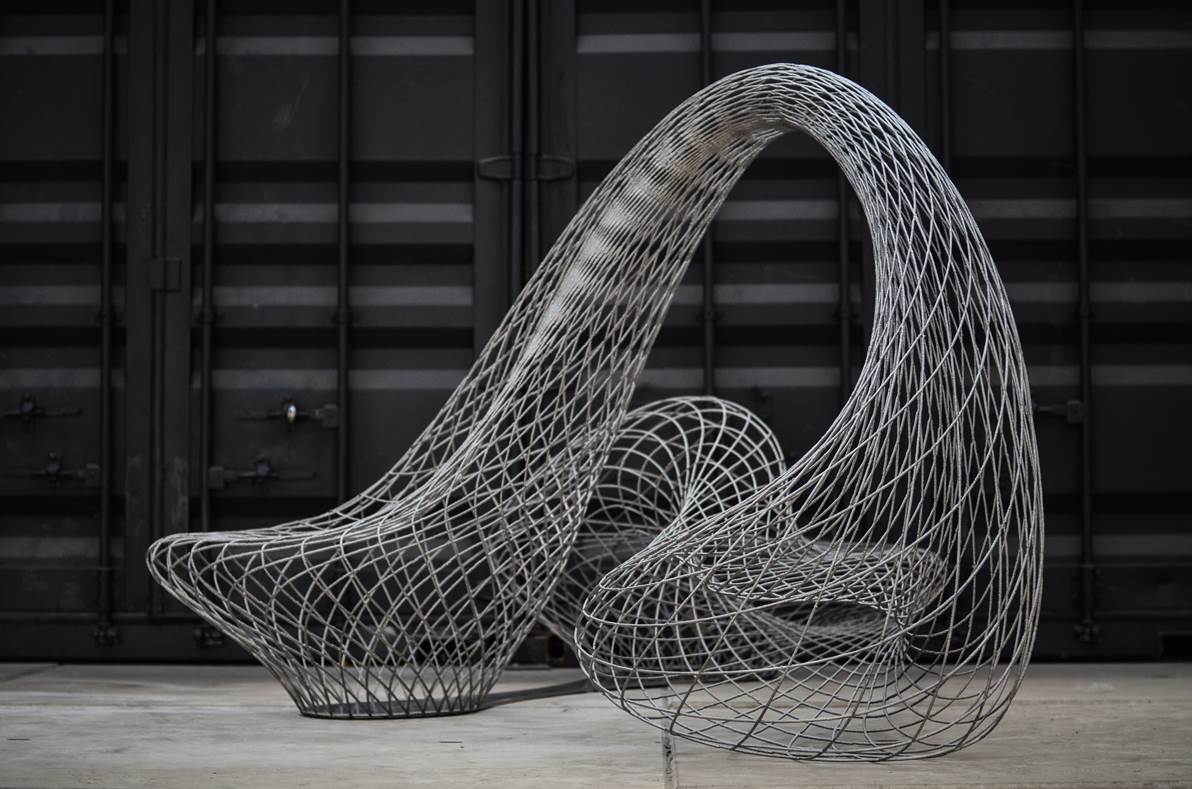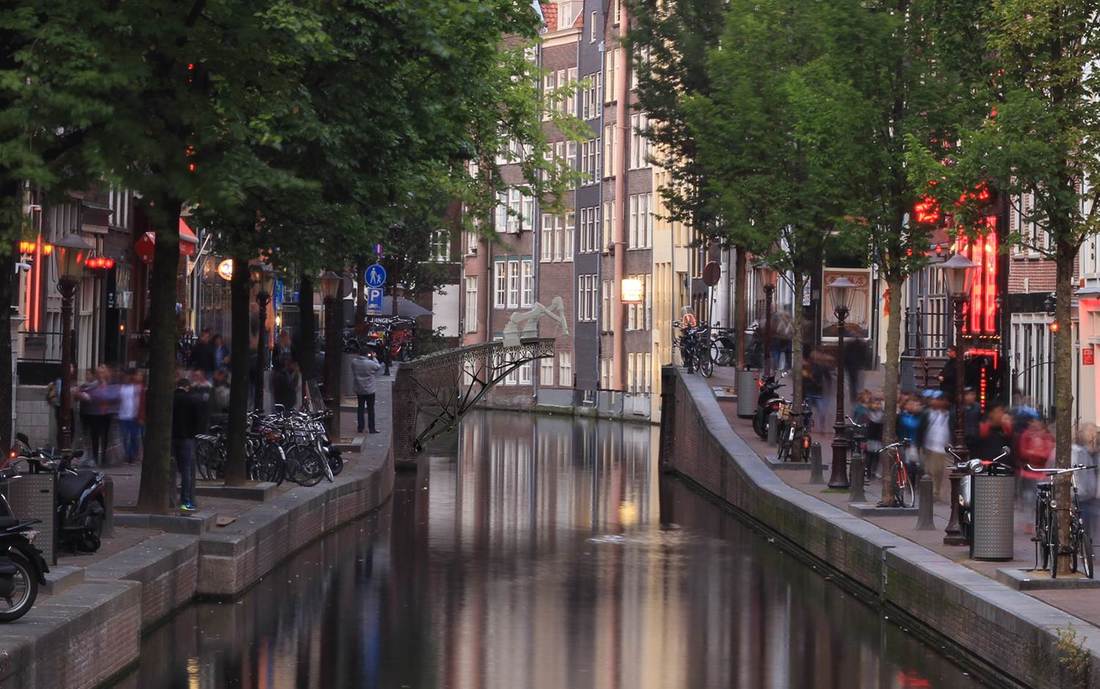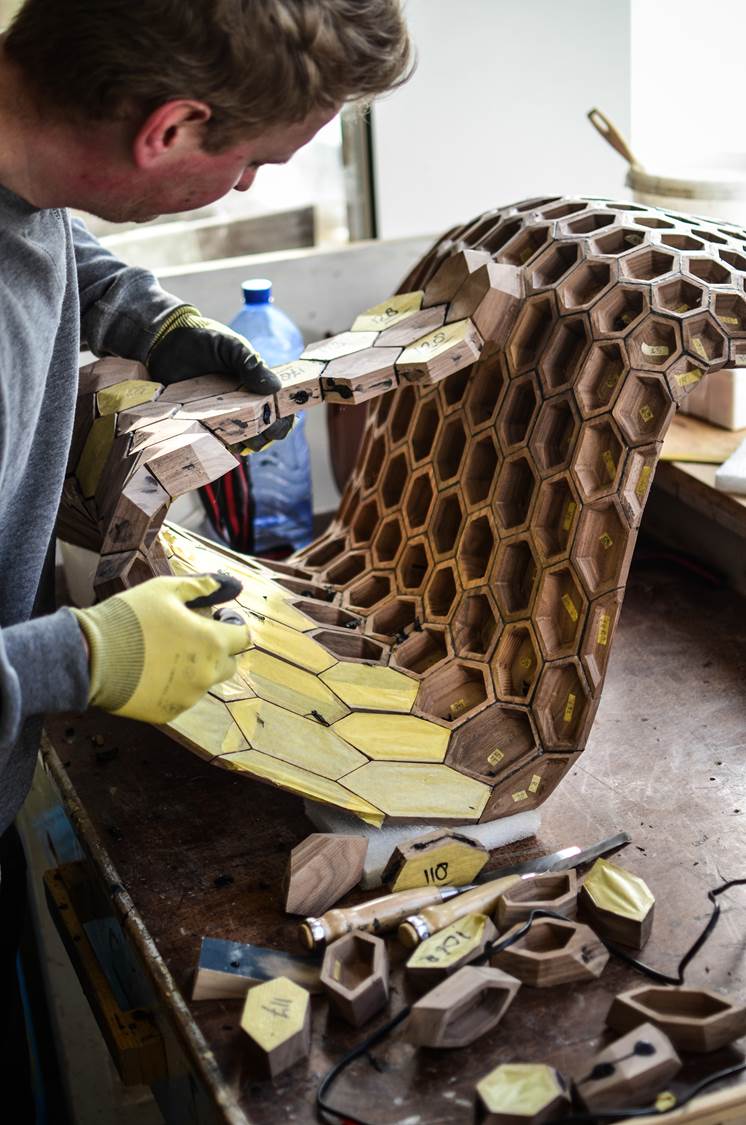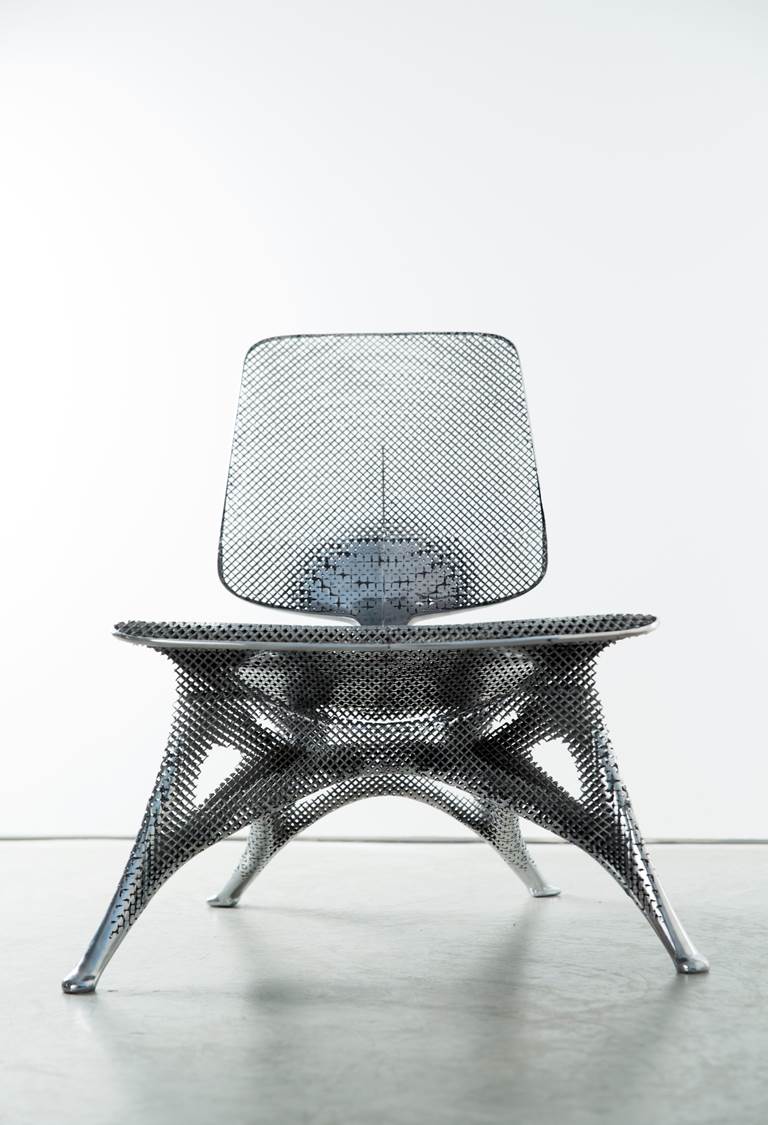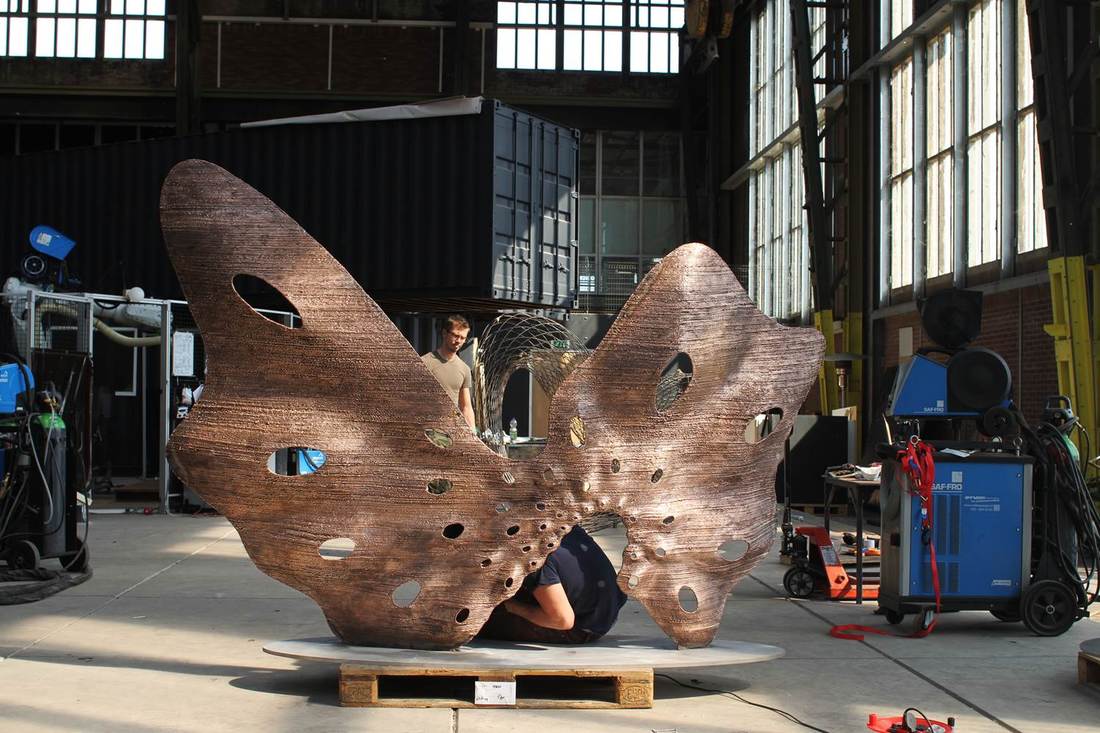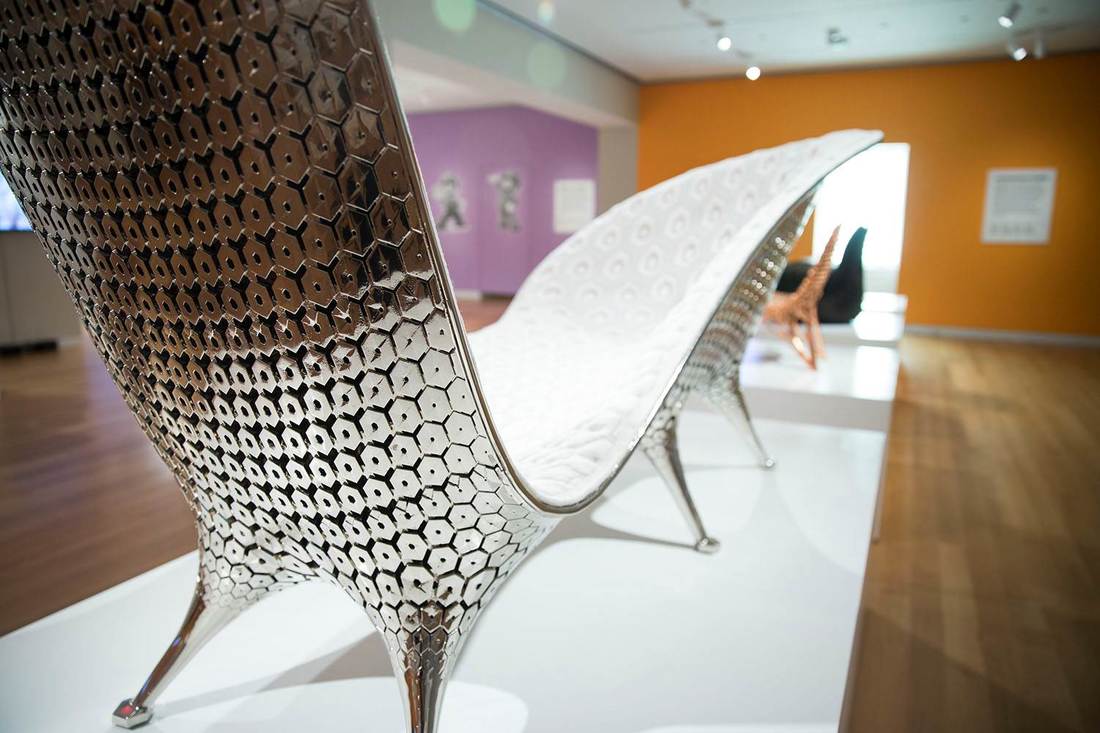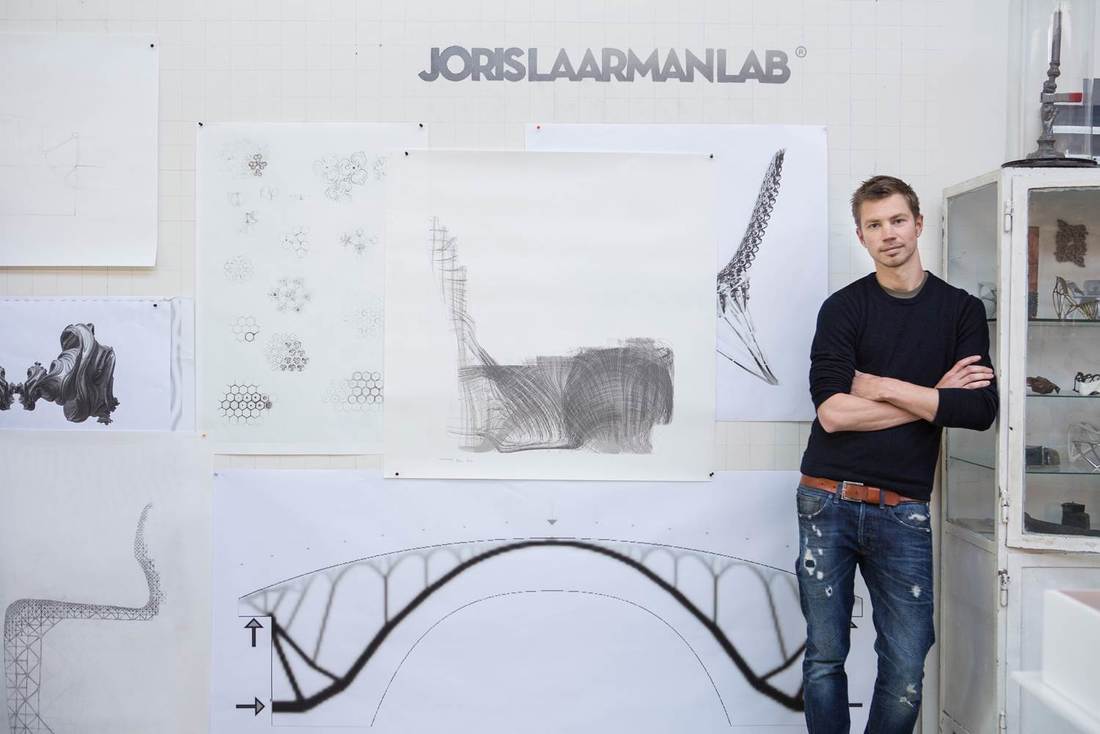Before you plan a visit the newly-opened exhibition ‘Joris Laarman Lab: Design in the Digital Age’ at the Cooper Hewitt, Smithsonian Design Museum, you have to get prepared. Forget about what you think of as a furniture workshop, and start thinking of science labs, where scientists wearing white coats experimenting with algorithms and digital technology when creating furniture, where the designer is the inventor, who orchestrates over a team of engineers, programmers, and craftspeople, producing the most cutting-edge experiments in furniture design of our time. This traveling exhibition, which was organized by the Groninger Museum and makes its U.S. debut here (before traveling to the High Museum of Art in Atlanta and the Museum of Fine Arts, Houston), consists of all the benchmarks in Laarman’s accomplished career, from his design school thesis project, the Heat Wave Radiator, which was first exhibited here at the seminal show ‘Rococo: The Continuing Curve 1730-2008,’ to his latest MX3D Bridge, which is being 3-S printed in stainless steel and will be placed over a canal in Amsterdam next year, using robotic technology. Laarman’s power, his genuine and innovation is the marriage he constantly creates between beauty, digital technology, and handcraftsmanship. The power of this exhibition is the juxtaposition of the objects Laarman created in a variety of digital technologies and videos that document the production, all created by his filmmaker and partner Anita Star. Because the process is a crucial components of the furniture’s DNA, watching the films, making the visit to the show into a fulfilled, inspiring, and unique design experience that makes you think differently about design. And, thank you, Tim Geurtjens, co-founder of CTO for showing me around and illuminating the complex technologies.

